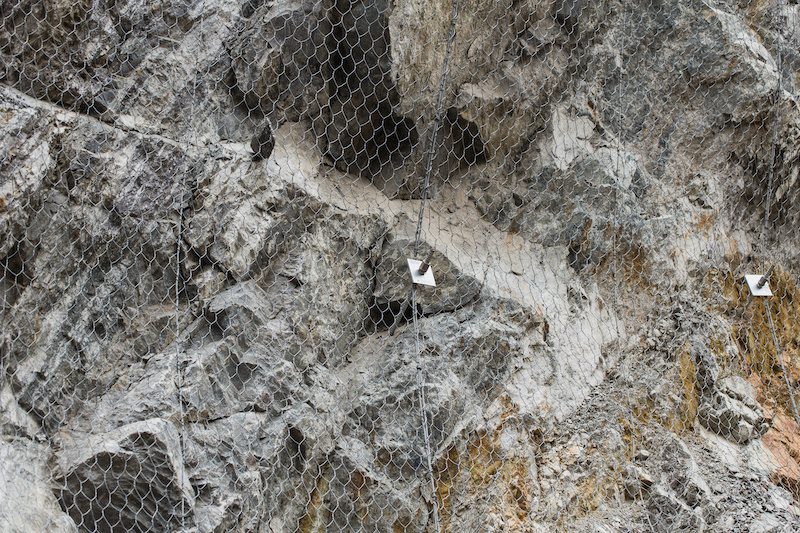A roof fall at a Victorian gold mine left a worker shaken and unable to do his job three years later a court has heard. Worker installing ground support hears thump and whoosh of air behind him.
The owner of a central Victorian gold mine has pleaded guilty to failing to provide a safe workplace following an incident that left a worker shaken and, almost three years later, unable to do the same job.
But Mandalay Resources Costerfield Operation contested its degree of culpability in the matter during a hearing in the Bendigo Magistrates’ Court this week.
In a summary of the incident, WorkSafe prosecutor Peter Matthews said a miner was working alone at the Costerfield gold and antimony mine installing ground support in a tunnel on May 22, 2016, after blasting had occurred.
The ground support – which stabilised earth and rock – was comprised of bolts in the rock, mesh, panels, and nuts to affix the panels.
Under the work plan, he had to remove the existing panels to install the new ones.
The miner removed existing plates and nuts and put them on the ground, when he heard a loud thump and a “whoosh” of air behind him.
A large piece of rock had fallen from the tunnel about 1.25 metres from where he was standing, which left him “very shaken”.
A supervisor said the miner remained unwell for weeks following the incident.
The rock was estimated as weighing two tonnes.
Mr Matthews said the removal of the plates and nuts increased the risk of a rock fall.
Federation University associate professor of mining engineering Michael Tuck asserted that ground support should not be removed once installed, Mr Matthews said, and falls were more likely when blasts were used to clear ground.
Mr Matthews said Mandalay Resources could have mitigated the risk by not requiring the removal of plates and nuts from the ground support.
WorkSafe senior mining engineer Sharn Morrison gave evidence that the presence of mesh would not stop a rock that size making contact with a person in the “danger zone”.
“To remove ground support is not accepted practice,” Mr Morrison also told the court.
In cross-examination by defence counsel Dr David Neale, Mr Morrison said the remaining secured plates would have added protection, and the mesh used at the Costerfield mine would likely be a little stronger than that normally used in mines.
Dr Tuck also gave evidence that it was recognised in the industry falls could occur as the result of blasts, but it was difficult to pinpoint when they would occur.
Regarding the protection afforded by the mesh, Dr Tuck said it depending on the strength and condition of the mesh.
The defence called Dr Peter Fuller, an expert in ground support, as a witness.
Dr Fuller said he regarded the ground support he saw on a site visit after the incident as high quality and appropriate for managing the stability of the ground.
He said the mesh would be very effective in deflecting rock falls, and he observed from a photograph that the mesh moved the rock away from the miner.
“It, to me, acted as a very effective failure deflection canopy,” Dr Fuller said.
He regarded the blasting as insignificant.
The court also heard the victim impact statement from the miner, who said he had struggled with depression and anxiety since the incident, and felt inadequate for being unable to do his former job.
He remained working at the mine, but had lost the benefit of his old job’s roster and now had a reduced income.
The matter was adjourned to May 10.
This article first appeared in the Bendigo Advertiser and was written by Court Reporter Natalie Coxon. Some parts have been modified to suit the AMSJ Audience
Read more Mining Safety News














Add Comment